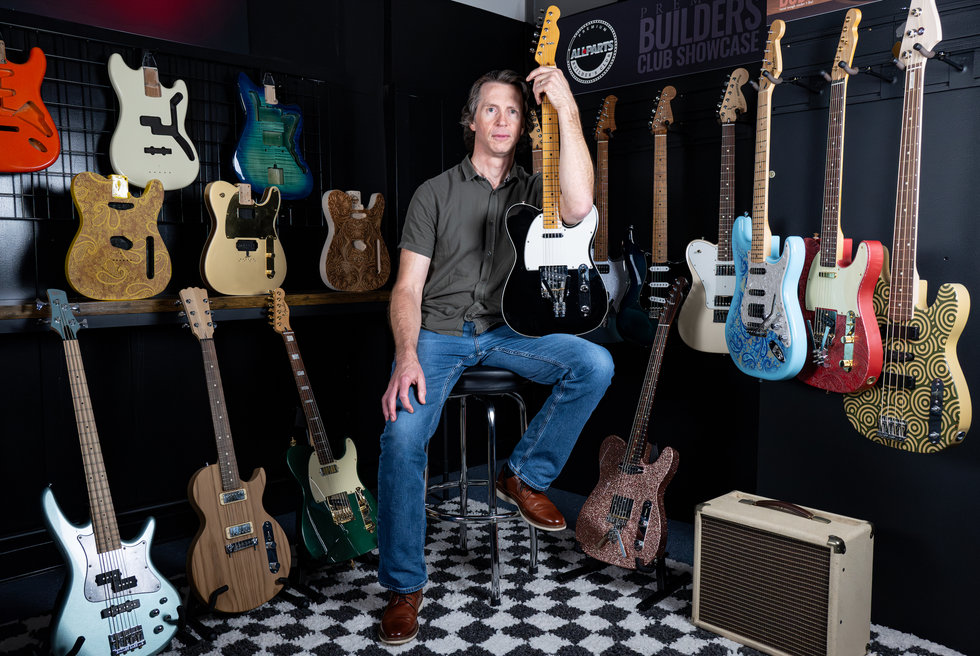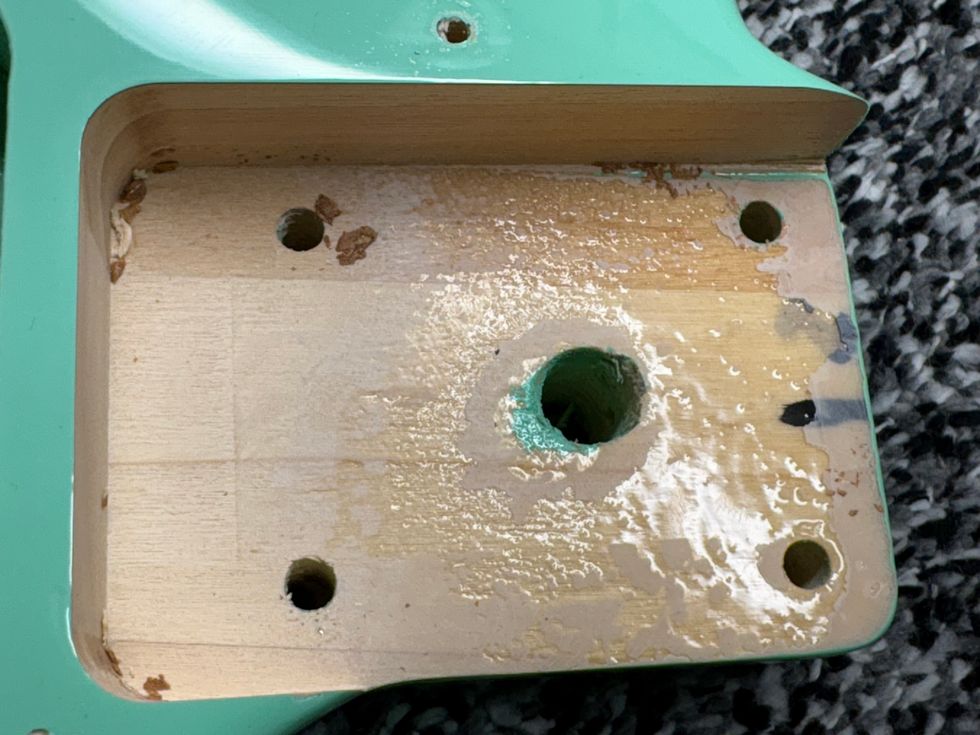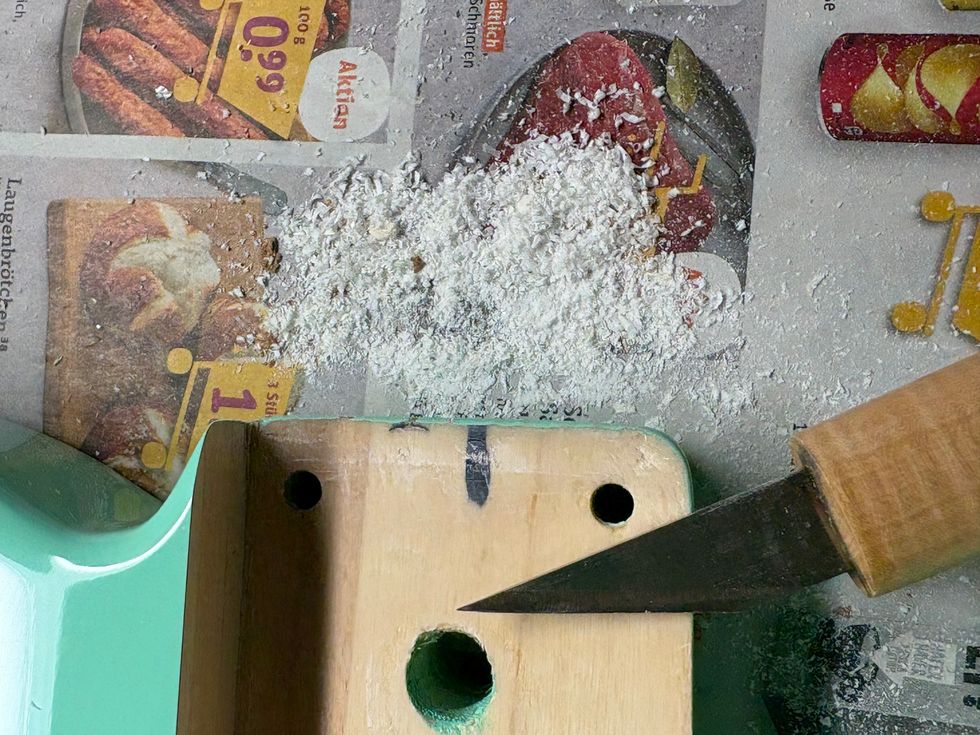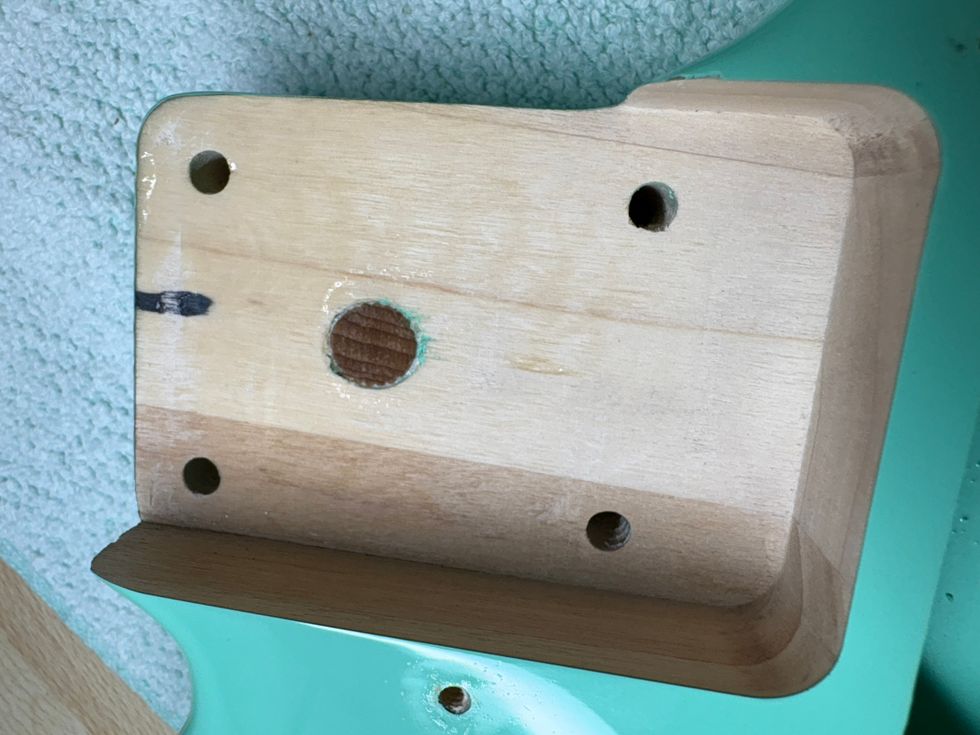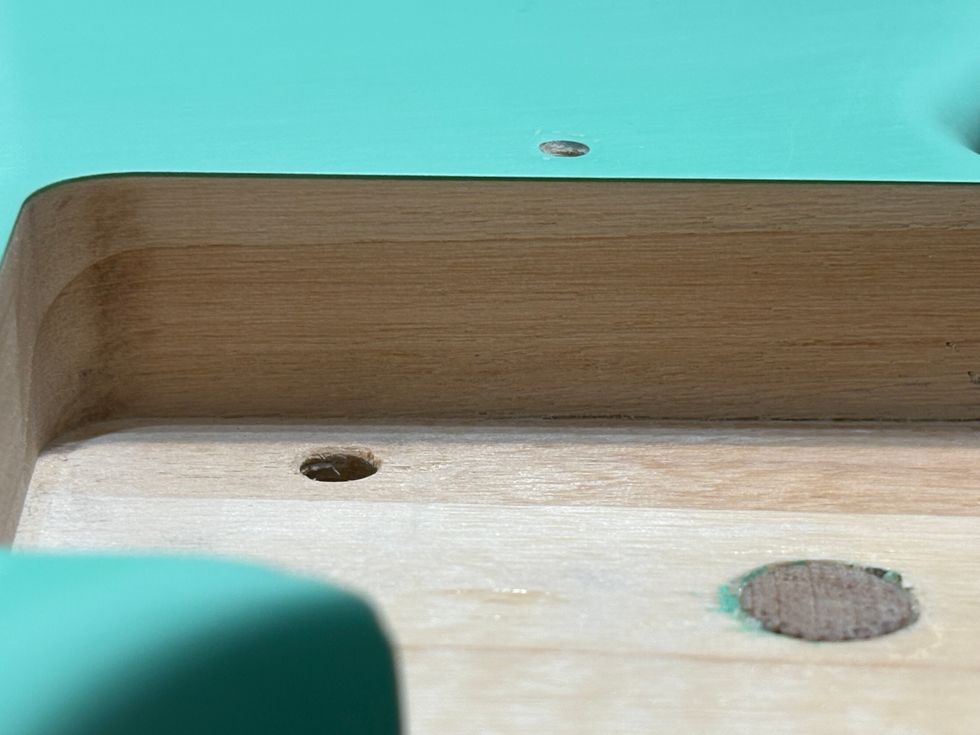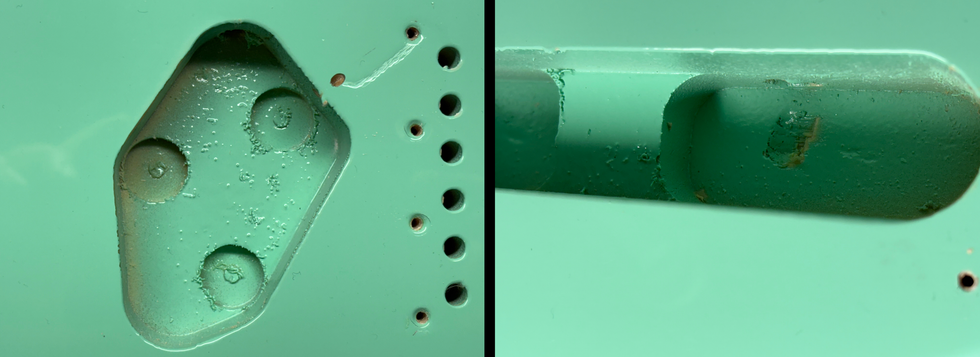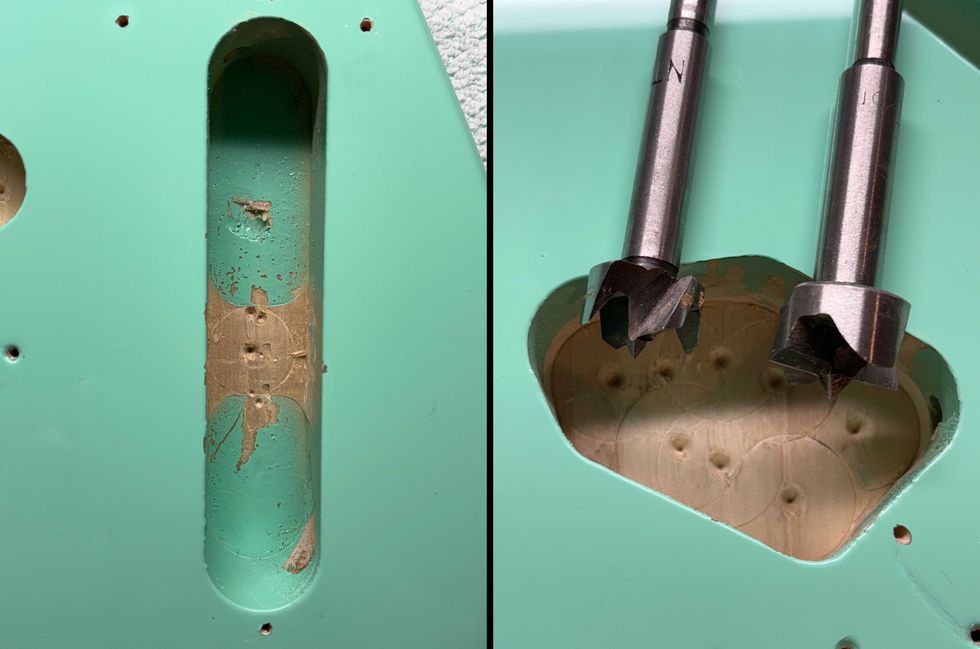The music industry has changed radically from the days of cassette tapes. We now download music from the internet, share music for free, and with the help of any computer, we can have a full-on recording setup for a few hundred dollars. Everyone and their mother is making music, playing music, and downloading music. Because of all this, the recording industry has changed drastically as well. Gone are the days when you needed a major-label recording budget to work in a world-famous studio. Those studios have been dying off for the past ten years. What’s left these days are a few major studios that can barely afford to stay open and thousands of personal recording studios: small one-room workstation studios for rent in business buildings, bedroom studios and laptop studios. My friends, it’s a free for all out there; recording is a battlefield.
Personally, I’ve recorded in every environment from the largest and most expensive rooms money can buy to just a guitar plugged straight into a laptop. I started out recording with a 4-track machine as a kid, worked my way up to way too many singer/songwriters sessions (in every studio setting imaginable), spent almost two months recording a major-label album (I was the guitarist in the band) that cost around $500,000. I’ve worked with other major-label artists as a session guitarist, and done tons of recording at home with my personal setup. Whether it’s recording demos in the best studios in the world or using a Line 6 POD straight into Pro Tools for Saturday Night Live’s recorded segments, the place and method don’t matter anymore. What matters is the product. In order to get the best product, I’ve found that the keys to success are: being prepared, having the right tools for any recording situation, and knowing how to work in any of these environments.
Through the years, I’ve had to figure out what’s important to bring to any type of session. I learned as I went, and each session taught me more about what was important. Obviously, there are too many musical styles and playing styles—not to mention reasons for being hired—to go into all of these tools. For example, I wouldn’t be hired to do a lap steel session for a country artist. That’s just not something I do. What I would like to focus on is general session work, ranging from pop music and singer/songwriters to commercials and rock. These are the sorts of things I’ve been called in to do.
Arm Your Weapons
First and foremost, choose your main weapon carefully. When you bring a guitar, it needs to be one you’re completely comfortable with and one that’s in top recording shape. I’ve had to do sessions where only one of my guitars was with me, and the producer didn’t have any other guitars available. At that point, it’s clutch to know how to coax different sounds out of your instrument, how it will sound best, and how to make it sound like you have different guitars in the session if need be. In any session, you must make sure your guitar is properly setup and well intonated. If it’s poorly intonated, you have half a guitar—anything above the 9th fret is most likely unusable, and you’ll spend half the session tuning to the notes you’re trying to play up on the fretboard. This will not only aggravate and frustrate the producer and the artist, but you as well, and the vibe (and your headspace) will be broken.
Second, bring two guitars or more whenever possible. For your second guitar, it’s best to bring something with a completely different sound, so you have a variety to choose from. One thing that has always worked well for me is to talk to the producer beforehand about what they’re looking for. If they only want rock ‘n’ roll à la AC/DC, then its more likely you should bring a Gibson Les Paul or an SG and leave the Telecaster home. Once you know the style and sound they’re going for, you can choose the appropriate instruments. Personally, I always bring a Stratocaster. That’s what I’m most comfortable playing and what I know how to use best. I like to bring one Stratocaster (typically my Nash Strat) and something that has a humbucker pickup for more rock type stuff. A general rule of thumb: one guitar with single-coil pickups and one with humbuckers. That should cover most needs.
If you have a certain style and a certain rig that you use get your sound, then that may be all you need. If you were someone like the Edge, where your schtick is delay pedals, chimey guitars, etc., then you should just bring the guitars you need to achieve your personal style. If your thing is chicken-pickin’ country licks, and you’re getting hired for just that, then there’s no need to bring that Les Paul. I usually need to be a one-man guitar arsenal, so variety is a necessity. When I can, I’ll bring one Strat, a Tele and a something with humbuckers. If you do that, they’ll think you came prepared and that you have the tools to give them any style they need. It goes a long way.
That is just the tip of the iceberg. The guitars you bring to your session are your weapons. Choose them wisely, for you will be doing battle with them. This is a huge part of recording. Next month, I’ll be addressing some of the key accessories you need to have with you at all times to survive in the recording battlefield, so stay tuned. It’s a jungle out there.
Jared Scharff
Jared Scharff has been the house guitarist for the legendary Saturday Night Live band for the last two years. A Native New Yorker, Jared is also a recording artist, producer, songwriter and highly sought-after session player, and has shared the stage with Justin Timberlake, Beyonce, Kid Rock, Rihanna, Mary J. Blige, Pete Seeger, Arlo Guthrie, Roger McGuinn and Debbie Harry. For more information on Jared, go to myspace.com/jaredscharffmusic.


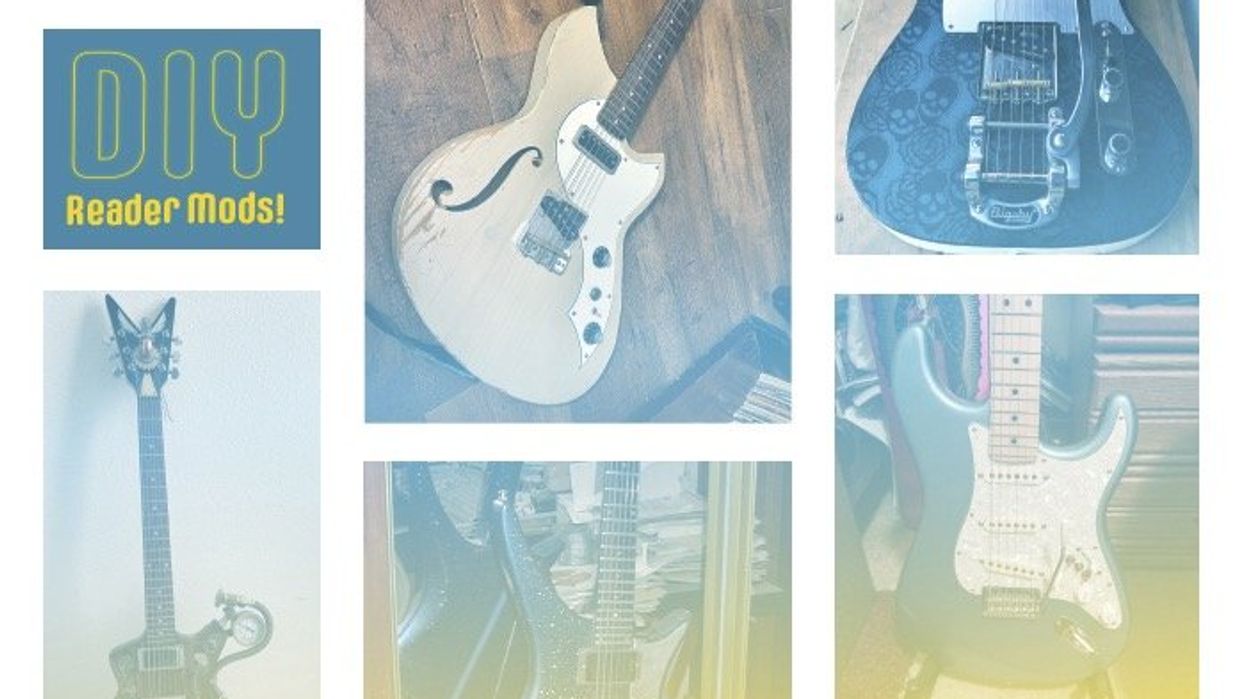
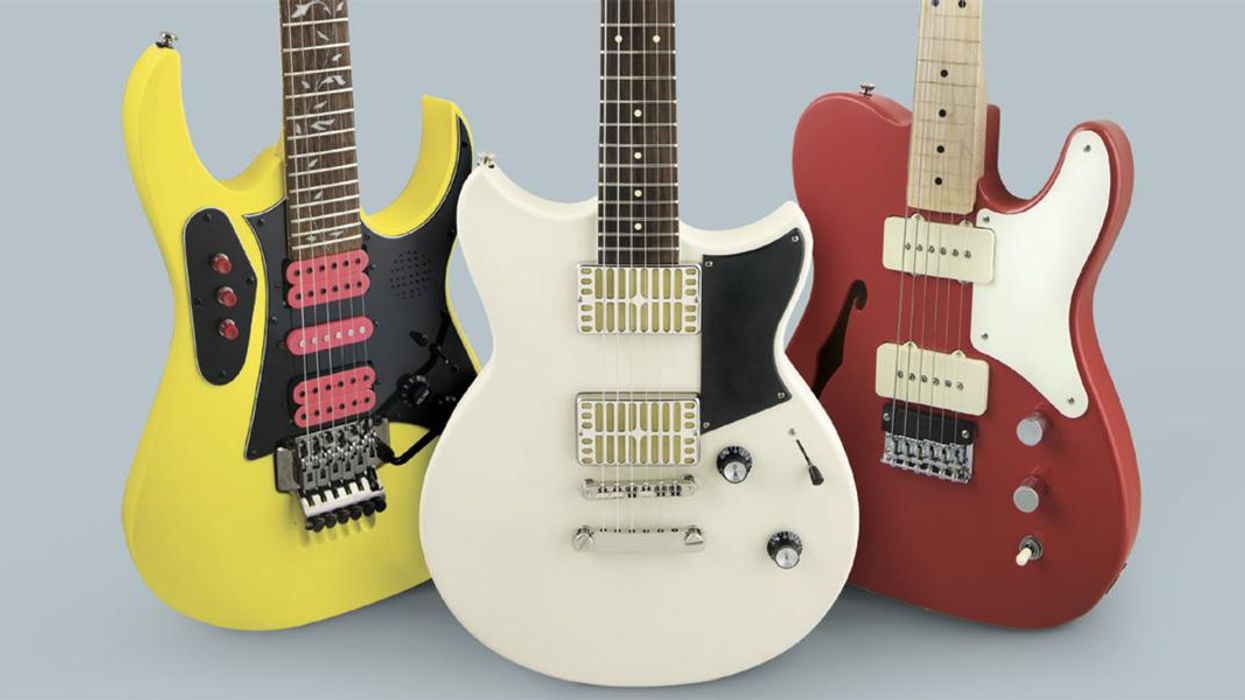
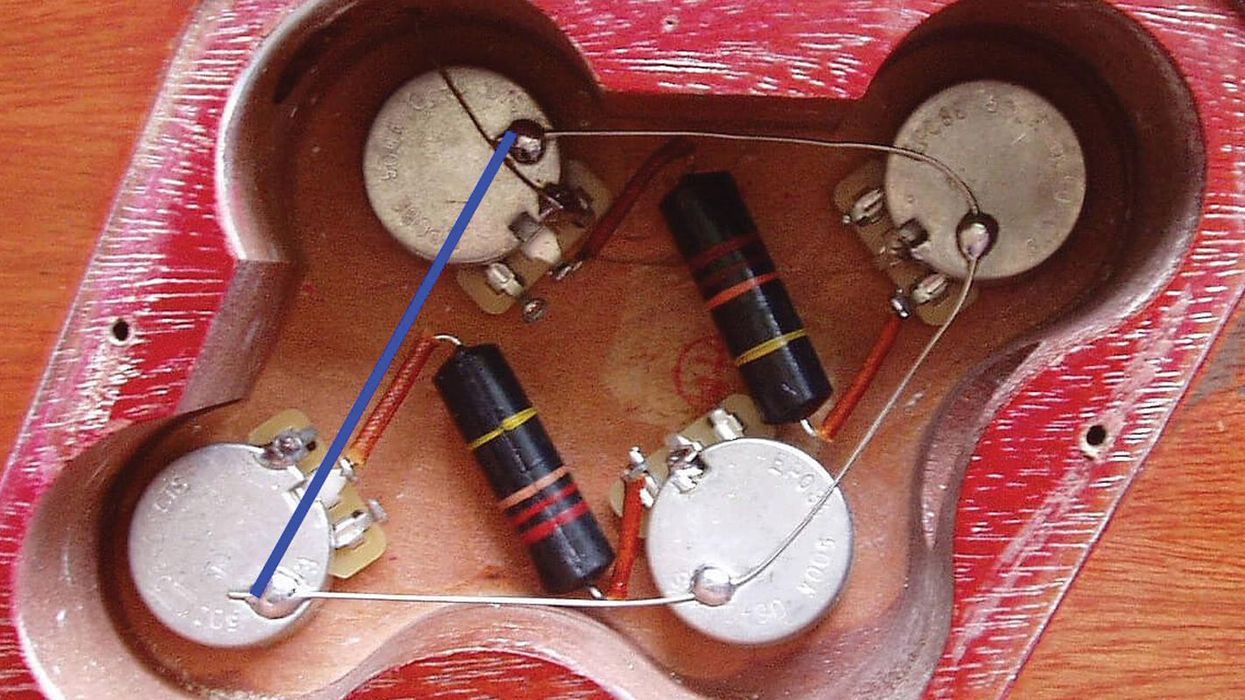
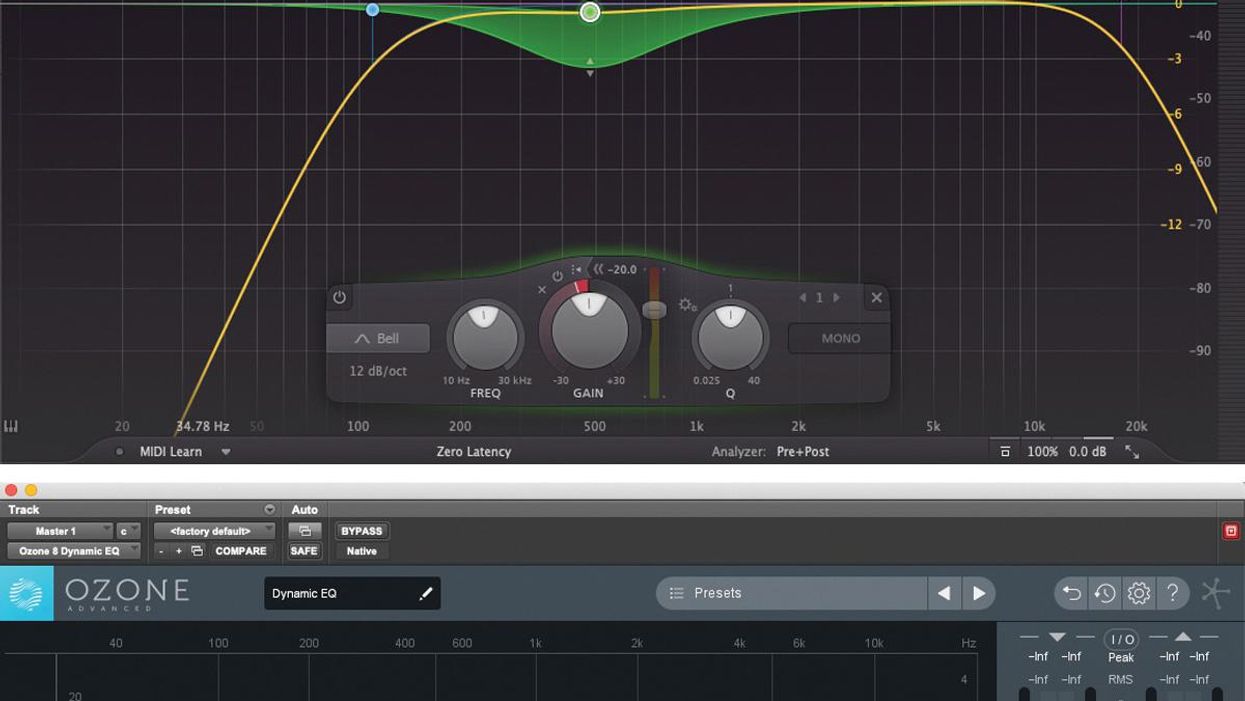







![Rig Rundown: Russian Circles’ Mike Sullivan [2025]](https://www.premierguitar.com/media-library/youtube.jpg?id=62303631&width=1245&height=700&quality=70&coordinates=0%2C0%2C0%2C0)




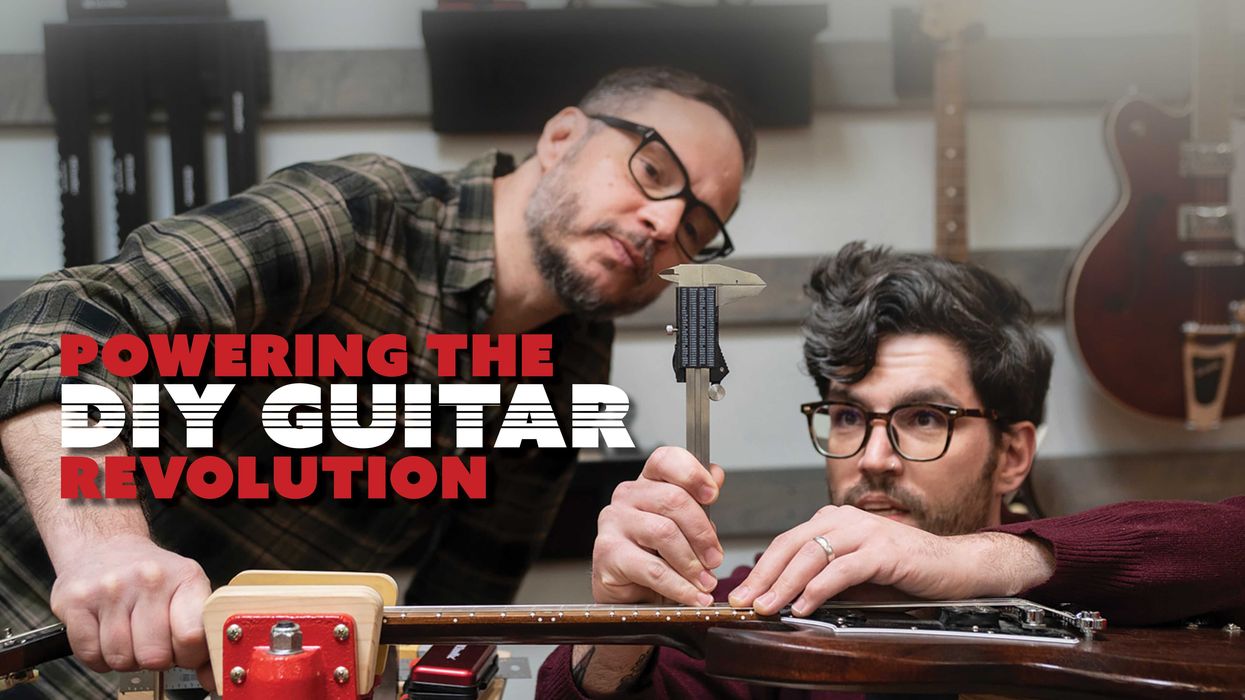
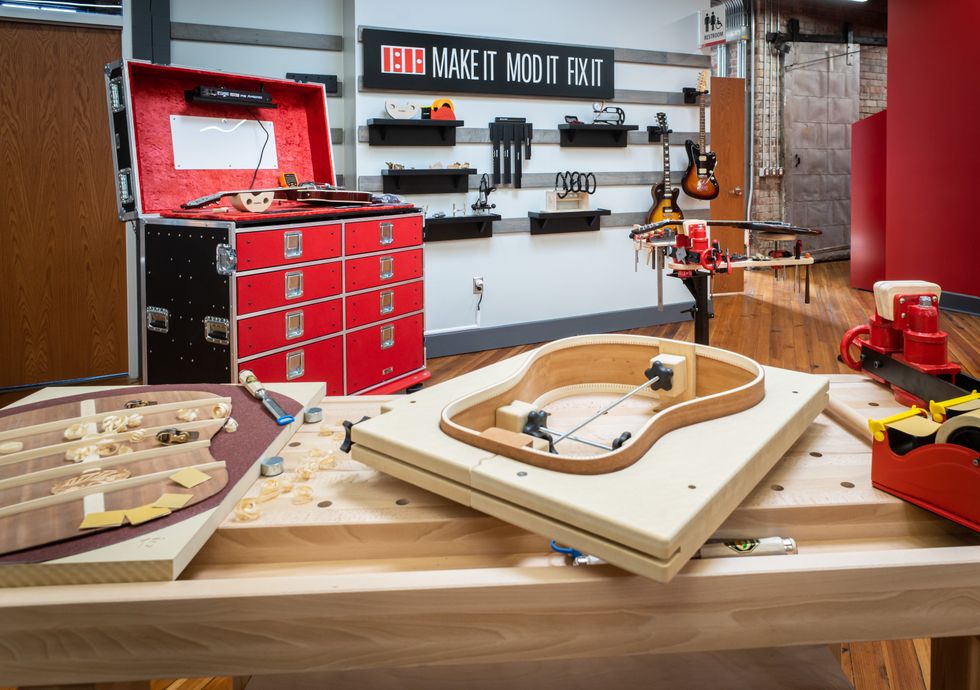
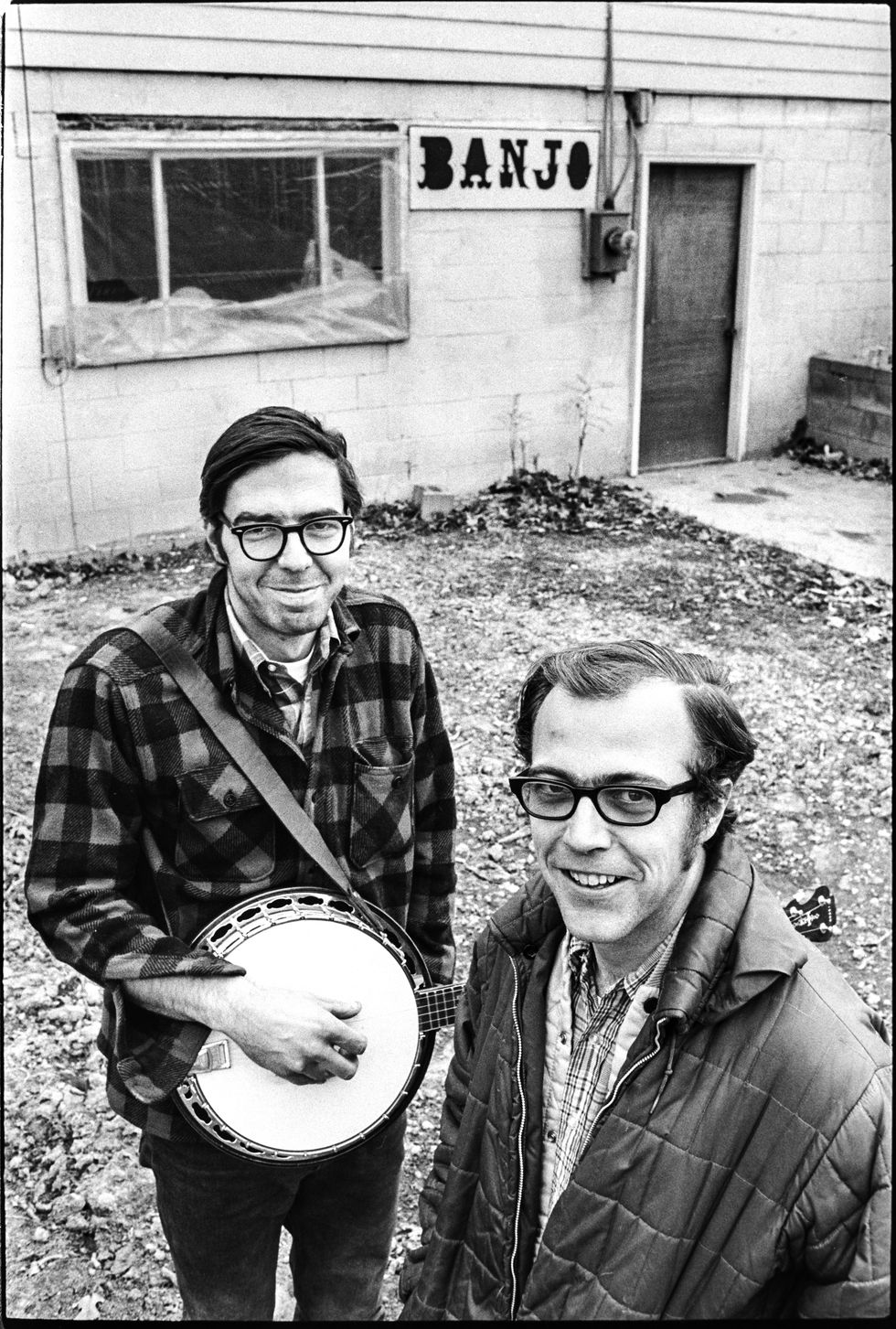
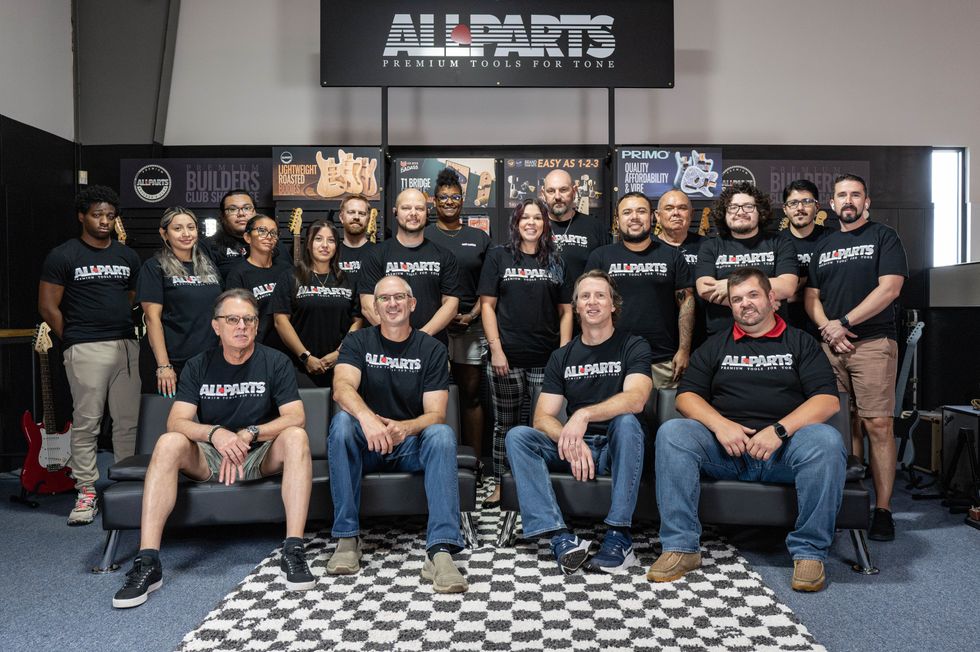 The Allparts team at their Houston warehouse, with Dean Herman in the front row, second from right.Photo by Enrique Rodriguez
The Allparts team at their Houston warehouse, with Dean Herman in the front row, second from right.Photo by Enrique Rodriguez